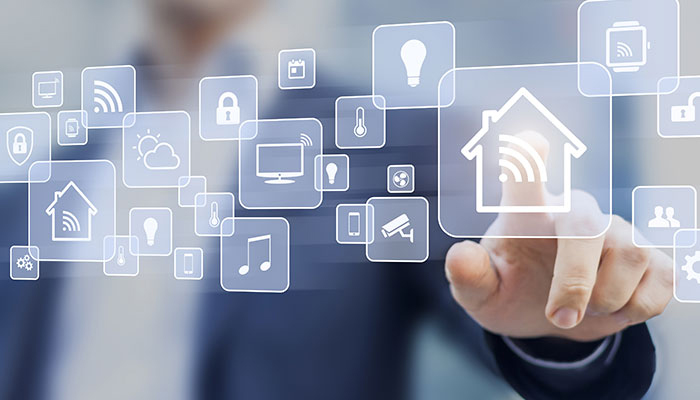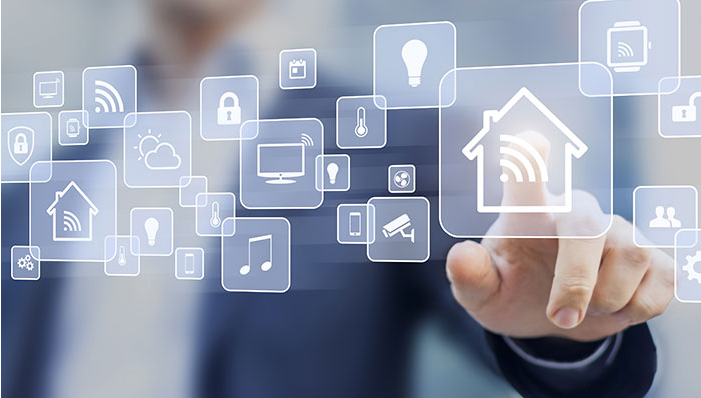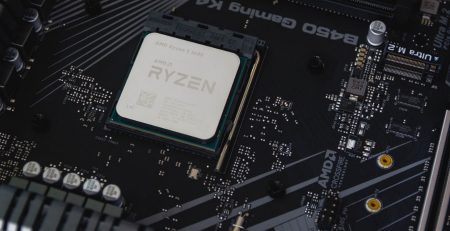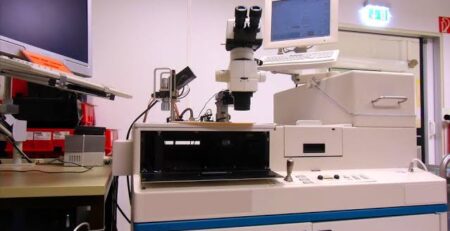Due to increasing global competition and demand for innovative new products on a more frequent basis than ever before, the industry is being forced to move at a faster pace than ever before. In addition, customers, whether in a B2B or B2C market, demand customized products, short lead times, and higher quality. For several years during the transition, companies relied on cost-cutting to stay competitive with low-wage regions, but cost-cutting is not a sustainable long-term strategy.
As a result, companies in most industries are searching for ways to retain and grow market share while staying profitable. With margins at the breaking point, companies are looking at alternatives. Technology and ingenuity are both necessary to navigate the changing industrial landscape. Touch screens are one of the technology tools that can help by increasing worker productivity, improving product quality, and making operations more efficient.
Focus On Metrics And Process Improvement
Long-established companies have countered these forces by adopting business process modeling and lean or Six Sigma to help them level the quality and delivery time playing field. Most companies today focus on a few core metrics to help them monitor process performance and quality in near-real time. They use continuous improvement techniques such as Kaizen and DMAIC (Define, Measure, Analyze, Improve, Control) to ensure they make products of consistent quality at a predictable and repeatable pace.
Industrial metrics are only useful when they are readily available in near real-time to enable workers to take corrective actions as soon as a process begins to go astray or to update production status.
In certain industries, particularly those heavy process dependent such as chemicals, pharmaceuticals and oil and gas, PLCs or sensors have been used to provide information directly from equipment to Supervisory Control and Data Acquisition (SCADA) or manufacturing execution systems (MES) for later analysis. However, despite collecting data in real-time, the technology for analysis frequently couldn’t keep up, so data didn’t become actionable information until it was too late to take meaningful action.
IoT And Big Data
The Internet of Things, or IoT, is the term used to refer to the new generation of connected devices and equipment. More devices than ever before are connected and collecting data in real-time. In fact, Gartner estimates that 26 billion devices will be connected by 2020. Connected devices range from home heating and cooling equipment and thermostats (think Nest or Lyric) to nuclear reactors, high-voltage power plants, and a vast array of industrial machinery and equipment. With all those devices monitoring multiple parameters in real-time, the volume of data is staggering.
Fortunately, analytics technology has advanced as well. Big Data analytics engines such as Hadoop or SAP’s Hana in-memory database can analyze vast quantities of data very quickly. Unlike traditional business intelligence and analytics solutions, this new generation does not require information to be in a specific format, nor do they require predefined queries and reports to be useful.
Big Data functions with a vast array of data, including traditional structured or formatted data, as well as unstructured data such as documents, newsfeeds, or data streamed from sensors. Big Data tools sift through disparate data from multiple sources at a high speed, looking for trends and anomalies and presenting their findings in a visual format that is easy for users to quickly grasp. Thus, Big Data is an ideal solution for industrial companies looking for a better way to monitor process quality and performance.

How Touch Screens Address The Industrial Challenges
As the industry becomes, even more, data-driven, companies need to find ways to make data more accessible to workers in every area, including the plant floor. Touch screens are the ideal solution because they are inexpensive, easy to operate, rugged, and mobile. The large screen sizes available mean that a touch screen can display more information than traditional methods, such as bar code readers. The use of dashboards enables users to see process status at a glance without having to check a mechanical cockpit with multiple dials and gauges.
The data visualization makes it easy for people to see and act on exceptional information, even allowing for the diminished vision of older workers. Data visualization on industrial touch screens overcomes language barriers, skill sets, and environmental conditions such as low light.
Touch screens can be mounted directly on the equipment they are monitoring, in any nearby area, or even in another location altogether in the case of dangerous or unhealthy industrial environments, making them ideal for any industrial facility.
Touch screens are versatile as well. By selecting a resistive touch screen, users will be able to interact with the device using a stylus or while wearing gloves, which may be an important consideration in certain conditions. In low-light situations, you may prefer an infrared touch panel. If graphics are a top priority, a high-quality surface capacitive screen may be the best choice.
If the screen must be visible at a distance, the large sizes available in infrared screens may be very important. The lifecycle of the screen also varies by touch type, as does its resistance to environmental conditions such as grit, solvents, or water. You can find out more information about the characteristics of the various types of touch screens by reading our technical article, and of course, our engineering team will be happy to work with you to identify the best option for your situation.





